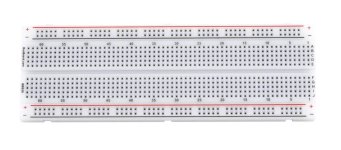What's the consensus on breadboard quality? I'm just starting out, fwiw.
I can get a kit like this for cheap, and it seems to have everything I'd need for now: https://www.amazon.com/gp/product/B0C1VDKPW2/ref=ox_sc_act_title_2?smid=A3FX7C4A9P37IQ
Then there's something like this, which is a brand name (BusBoard): https://www.amazon.com/gp/product/B0040Z4QN8/ref=ox_sc_saved_title_4?smid=A2RKGEIGG4B1JT
With the second one I'd need to get jumpers and little jumper wires, which is not a huge deal. In that case I can shop around for (potentially) better jumpers. Worth it to spend twice as much? Or just get that full kit?
PS - do any of you use anti-static wristbands? I kind of assume not, but all of the warnings on my Mouser packages has me wondering!
I can get a kit like this for cheap, and it seems to have everything I'd need for now: https://www.amazon.com/gp/product/B0C1VDKPW2/ref=ox_sc_act_title_2?smid=A3FX7C4A9P37IQ
Then there's something like this, which is a brand name (BusBoard): https://www.amazon.com/gp/product/B0040Z4QN8/ref=ox_sc_saved_title_4?smid=A2RKGEIGG4B1JT
With the second one I'd need to get jumpers and little jumper wires, which is not a huge deal. In that case I can shop around for (potentially) better jumpers. Worth it to spend twice as much? Or just get that full kit?
PS - do any of you use anti-static wristbands? I kind of assume not, but all of the warnings on my Mouser packages has me wondering!



